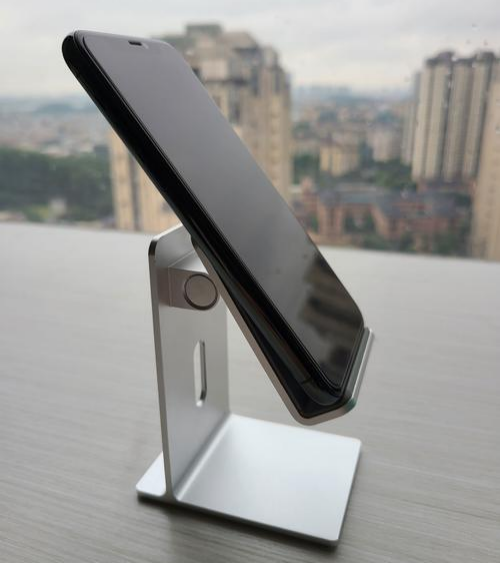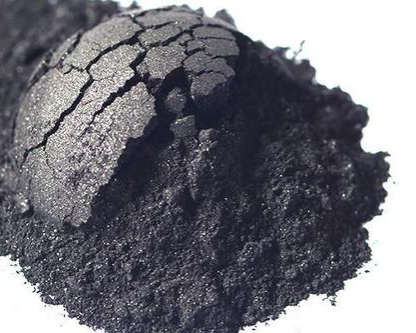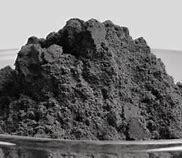1. Introduction
Ever tried to 3D print a jet engine part using glitter? No? Good. Because what you actually need is titanium powder—not the sparkly kind from your craft drawer, but the ultra-engineered, spherical, sometimes pyrophoric stuff that costs more per kilogram than your lunch for a month. Welcome to the wild world of titanium powder, where purity matters, shape is everything, and the price tag could make your wallet cry.

In this deep dive, we’ll unpack the different types of titanium powder, compare how they’re made, dissect their uses (especially in 3D printing), and even peek at how they stack up against other elite metal powders like molybdenum and tungsten. Spoiler: it’s not a fair fight—each has its superpower.
2. Types of Titanium Powder and How They’re Made
Not all titanium powder is created equal. In fact, calling them all ‘titanium powder’ is like calling both a sports car and a shopping cart ‘wheeled vehicles.’ Sure, technically true—but wildly different in performance.
Gas atomized titanium powder is the gold standard for additive manufacturing. Molten titanium is blasted with inert gas, forming perfect little spheres that flow like dreamy metallic sand. This spherical shape is critical for smooth layering in 3D printers. If your powder looks like jagged confetti, good luck getting a dense, strong part.
Then there’s HDH (Hydride-Dehydride) titanium powder. Cheaper, yes—but angular, irregular, and prone to trapping gas. Great for pressing and sintering, not so much for high-end 3D printing. Think of it as the budget airline of titanium powders: gets you there, but don’t expect champagne.
And don’t forget the exotic cousins: titanium nitride powder (hard, gold-colored, used in coatings), titanium carbide powder (even harder, for cutting tools), and titanium diboride (TiB2) powder—a ceramic-metal hybrid with insane wear resistance. These aren’t for printing hip implants; they’re for making things that laugh at abrasion.
3. Titanium Powder for 3D Printing: The Real MVP
When engineers say ‘titanium powder for 3D printing,’ they usually mean spherical Ti6Al4V powder—also known as Ti64 or Grade 5 titanium alloy powder. It’s the Beyoncé of metal AM: strong, lightweight, corrosion-resistant, and biocompatible. Perfect for aerospace brackets, medical implants, and custom bike parts that cost more than your car.
Pure titanium powder (Grade 1 or 2) is also used, especially in medical applications where alloying elements might cause issues. But Ti64 dominates because it offers the best balance of strength and printability.

Now, about that titanium powder for 3D printing price—it’s not cheap. Depending on purity, particle size distribution, and supplier, you’re looking at $300 to $800 per kg. Yes, per kilogram. And that’s before shipping, import duties, or the existential crisis you’ll have when you spill a gram.
4. Price Breakdown: What’s Driving the Cost?
Why is titanium powder so pricey? Blame the Kroll process (the traditional method for making titanium metal), which is energy-intensive and slow. Add in the cost of inert gas atomization, strict quality control, and the fact that titanium loves to react with oxygen if you blink wrong—and suddenly $500/kg seems almost reasonable.
Compare that to titanium dioxide (TiO2) powder—used in sunscreen, paint, and yes, powdered sugar—which costs pennies per kg. Totally different beast. TiO2 nano powder might cost more, but it’s still nowhere near titanium metal powder price territory.
And if you’re shopping around, watch out for misleading terms. ‘Titanium dust’ might sound cool, but it’s often irregular, oxidized, and unsafe. Always buy from a reputable titanium powder supplier who provides certificates of analysis.
5. How Titanium Stacks Up Against Molybdenum and Tungsten Powders
Titanium isn’t the only high-performance metal powder in town. Enter molybdenum powder and tungsten powder—dense, refractory, and built for extreme heat.
Molybdenum metal powder (or ‘moly powder’) shines in furnace parts and aerospace alloys. Molybdenum disulfide powder (MoS2)—often called ‘dry moly powder’—is a dry lubricant that works where oil would vaporize. It’s not for printing bones, but it keeps jet engines spinning.
Tungsten powder? Now we’re talking density. With a density nearly double that of titanium, tungsten metal powder is used in radiation shielding, counterweights, and armor-piercing rounds. Spherical tungsten powder is rare and expensive, but tungsten carbide powder is common in cutting tools.

Global Tungsten & Powders Corporation and other suppliers dominate this space. But don’t expect to swap tungsten for titanium in your 3D printer—melting points differ wildly (tungsten melts at 3,422°C vs. titanium’s 1,668°C).
6. Where to Buy and What to Watch For
Ready to buy titanium powder? First, decide your use case. For additive manufacturing, insist on gas atomized, spherical titanium 3D printing powder with tight particle size control (usually 15–45 µm).
Check the Ti6Al4V powder price from multiple international titanium powder suppliers. Beware of deals that seem too good—impurities or poor flowability can ruin an entire print job.
Also, clarify if you need TiH2 powder (titanium hydride), which is used in some sintering processes but not in standard AM. And no, ‘titanium flash powder’ (a pyrotechnic mix) won’t help your EOS printer—unless you enjoy explosions.
7. Conclusion
Titanium powder is a marvel of modern materials science—but only if you pick the right type for your job. Whether you’re printing spinal implants with Ti64 powder or coating tools with titanium nitride, understanding the differences between gas atomized, HDH, and specialty powders is key.
Yes, the titanium powder cost stings. But when your part needs to survive in a human body or the stratosphere, there’s no substitute. Just don’t confuse it with TiO2 powder from the pharmacy aisle—your 3D printer will not thank you.
Our Website founded on October 17, 2012, is a high-tech enterprise committed to the research and development, production, processing, sales and technical services of ceramic relative materials such as Titanium. Our products includes but not limited to Boron Carbide Ceramic Products, Boron Nitride Ceramic Products, Silicon Carbide Ceramic Products, Silicon Nitride Ceramic Products, Zirconium Dioxide Ceramic Products, etc. If you are interested, please feel free to contact us.
